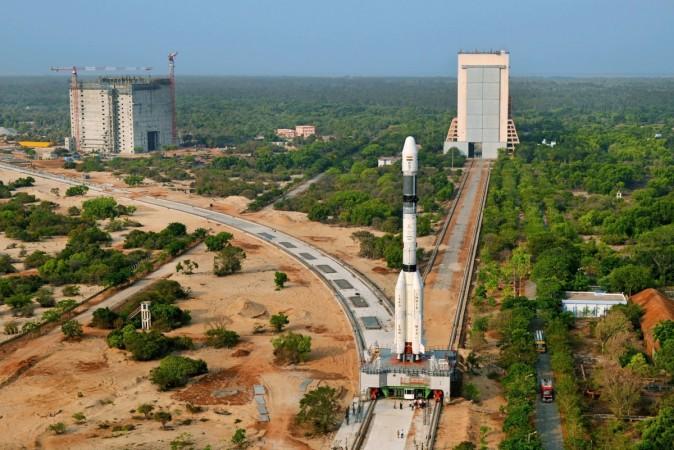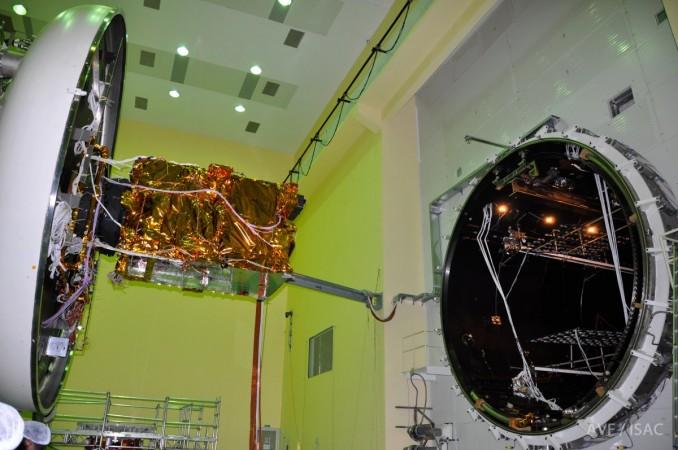
India launched the South Asian telecommunication satellite on board the rocket GSAT-F09 from Sriharikota off the Andhra Pradesh coast at 4.57 pm on Friday, May 5.
"I congratulate the team of scientists who worked hard for the successful launch of South Asia Satellite. We are very proud of them," said Prime Minister Narendra Modi. "Successful launch of South Asian Satellite is a historic moment. It opens up new horizons of engagement," he added.
Also Read: PM Modi's ambitious 'South Asia' satellite GSAT-9: Here's all you need to know
The political leaders of the countries which are to benefit from the launch of this satellite also expressed their gratitude towards India and Modi.
Sheikh Hasina, Prime Minister of Bangladesh also echoed Modi's views and said," Bangladesh and India has had many joint success. I am confident that this satellite will change the face of South Asia."
"This is a specially beneficial for small countries like Bhutan who does not have the technology or resources to launch such satellite," said Tshering Tobgay, the PM of Bhutan, while thanking Modi.
This satellite will help improve happiness and well being of our people," he added.
The satellite, codenamed GSAT-9, is also called the South Asian Association for Regional Cooperation (SAARC) satellite. Built in three years at a cost of Rs. 235 crore, it is expected to boost the telecommunication infrastrcture in the South Asian region.
Modi had described the satellite as an "invaluable gift" in the April 2017 Mann Ki Baat address.
"Natural resources mapping, tele medicine, the field of education, deeper IT connectivity or fostering people to people contact — this satellite will prove to be a boon in the progress of the entire region," he said.
Nepal, Bangladesh, Bhutan, Sri Lanka and Maldives have chipped in for the project as of now with Afghanistan slated to join later. Pakistan in not part of the project, which is estimated to have run up a bill of Rs. 450 crore in toto (launch and construction).

The geo-stationary satellite, weighing 2,230 kg at lift-off, has 12 Ku-band transponders which South Asian countries are expected to utilise for their own needs. The mission life of the satellite is said to be 12 years, but it has been designed to last well beyond the deadline.
Each participating country will be able to access at least one transponder. The satellite is expected to help the countries in areas like "mapping of natural resources, tele-medicine, education, IT connectivity and people-to-people links".
Watch the telecast here:
#WATCH: ISRO launches South Asia Satellite GSAT-9 from Andhra Pradesh's Sriharikota. pic.twitter.com/wbANKY4yq2
— ANI (@ANI_news) May 5, 2017

















